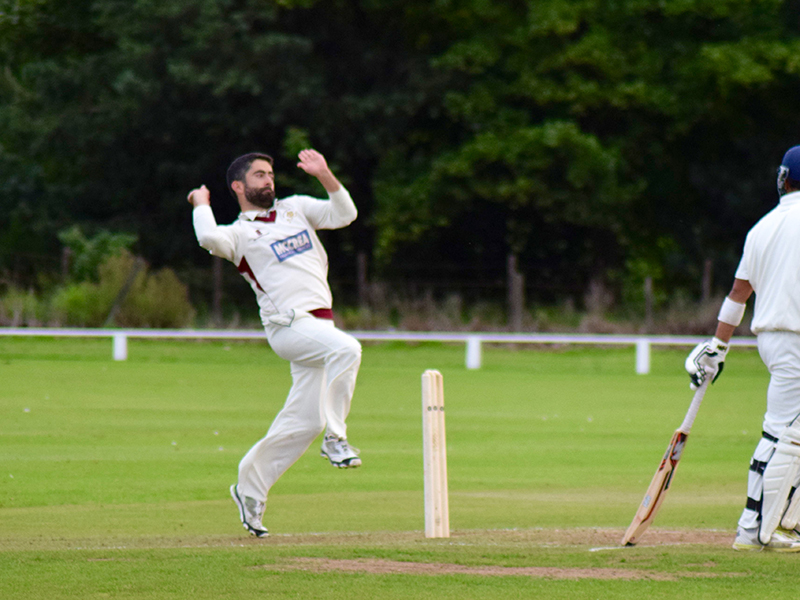The Latest Ways to Bowl Faster
 Every bowler benefits from a few extra klicks on the gun. Research into bowling pace has moved on a bit since we last talked about it, so it’s time for an update.
Every bowler benefits from a few extra klicks on the gun. Research into bowling pace has moved on a bit since we last talked about it, so it’s time for an update.
But first a quick note, improving your bowling pace is mostly about your action. If you have a terrible action, none of these tips below will help you much.
You need to master Ian Pont’s four tent pegs before the ideas below will give you the edge.
Master those cricket basics!
OK, let’s get into the latest ideas on fast bowling.
Run in faster
This one is simple and remarkably effective. Just run up faster. You put more energy into the ball and it comes out quicker.
Most recently, this was used to instant effect by Stuart Broad under the advice of Steffan Jones. Broad found his rhythm again during the BBL and bowled well. But it’s not just about one off tales. ECB research has also backed this up, finding a direct relationship between approach speed and pace from the hand.
When cricketers try this trick, the most common mistake is to tear in like your hair is on fire and lose your action trying to heave the ball down at 150kph. Speed of approach improves but you lose all that new energy somewhere else. So, maintain that tight action to see things get better instantly.
Change your line
The line you bowl makes a difference to your pace.
Huh?
This is a new discovery in baseball called “perceived velocity”. It works just as well in cricket too. The idea is simple; the further the ball is to the off side, the slower it seems. The closer to leg stump line, the faster it seems to the batsman.
This is enough to upset a batsman’s timing, especially in situations where they are going for big hits. You can use it to your advantage any time.
If you are bowling an off stump line flat out at, say, 70mph (decent club level pace), a ball at leg stump will feel a few mph quicker to the batsman and feel “on them”.
This is especially true if you can get the ball to move off the pitch, or late in the air (only starting to swing after traveling 6–7 yards in the air) when the batsman has less time to react so feels like the ball is quicker.
It’s not really bowling any faster, but it sure feels like it when you use a late swinging leg stump yorker or well-directed bouncer.
There is more research to be done in this area for cricket, but you can use it right now to look faster.
Bowl some bouncers
Speaking of bouncers, one of the best ways to learn how it feels to go through your action hard enough for more pace is to bowl a few bumpers.
You might not be quick enough to bowl a real bouncer on the pitches you play, but it doesn’t matter either way. Practice the method of bowling bouncers - without a batsman - and learn just how hard and fast you can go and still bowl straight.
One of the most common issues I see in bowlers is the desire to “put the ball” instead of bowling through the pitch. They want accuracy and they sacrifice technique and pace to get it. But when you bowl a bumper you have to bowl it into the ground as hard as you can. It shows you what you can do while maintaining a strong action.
When you have done a bit of bouncer practice and know how it feels to really try and bowl fast, go back to orthodox bowling but now focus on smashing the stumps as hard as you can. You hate those stumps and you want the coach to complain you are costing the club money by breaking so many.
Take the bouncer attitude to every ball.
Summary
- Everyone can benefit from bowling faster
- Action is most important
- Run in faster
- Use perceived velocity to your advantage
- Bowl every ball like it’s a bouncer, even if you don’t bowl bouncers
- Login to post comments

